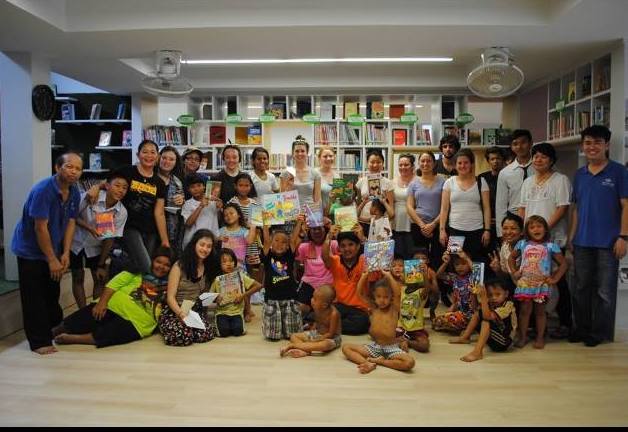I have always had an interest in working with students who have exceptionalities, particularly those with Autism Spectrum Disorder. Although inclusion is the ideology of supporting and including all students, I still see merit in focusing and learning about specific supports for students with exceptionalities. Throughout this program I was able to expand my knowledge about supporting students with ASD, as well as learn and think critically about supports available for other exceptionalities such as Cerebral palsy and Congenital deaf-blindness.
Artifact #1: Disability Summary- EPSE 575
For this project I was required to analyze and learn about congenital deaf-blindness in order to provide a summary about the known cause, prevalence, any distinctive characteristics associated as well as any social, educational, or physical implications. I find this project to be of importance as it allowed for me to learn about a disability which I did not know a lot about prior to. By following an inclusive learning model I am supporting all students in my class. Through being aware of all different types of exceptionalities and needs, such as congenital deaf-blindness, I can be better prepared to support all of the students within my classroom.
Artifact #2: Learning Journal- Cerebral Palsy-EPSE 403
This reflection allowed for me to analyze a specific case in which a child with Cerebral Palsy was able to be taught alongside her peers and included within the classroom community. Looking specifically at social inclusion and the benefits of this contributing to overall school success, I discuss the benefits of inclusion for this child. This project is important because it connects some of the premises behind inclusive education with a real-life example in order to help myself, as well as other educators, understand the benefits of inclusion as well as how it can be achievable.
Artifact #3:Critical Review- Behaviours and Interventions of Special Education- EPSE 512
This critical review analyzes an article that was a literature review on the behaviours of students in self-contained classrooms versus inclusive classrooms. I discuss the issues I found within the article such as the lack of person-first language, negative connotations towards those with exceptionalities, as well as the lack of specific definitions for comparison. Using personal experience and knowledge, I provide some insights into my thoughts surrounding the ideas shared, as well as what the research has said. This paper was an important learning moment for me in that I realized how important defining inclusion and person-first language is. Throughout this learning journey, I was always reading articles in support of inclusion using positive definitions and person-first language that does not negate a person with exceptionalities. After reading the article for this critical review, I started to become more aware of how articles that have the opposite opinion can have such a negative effect on supporting an inclusive learning model within the education system.


